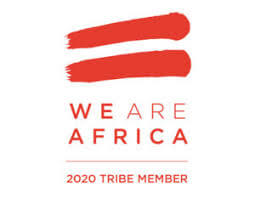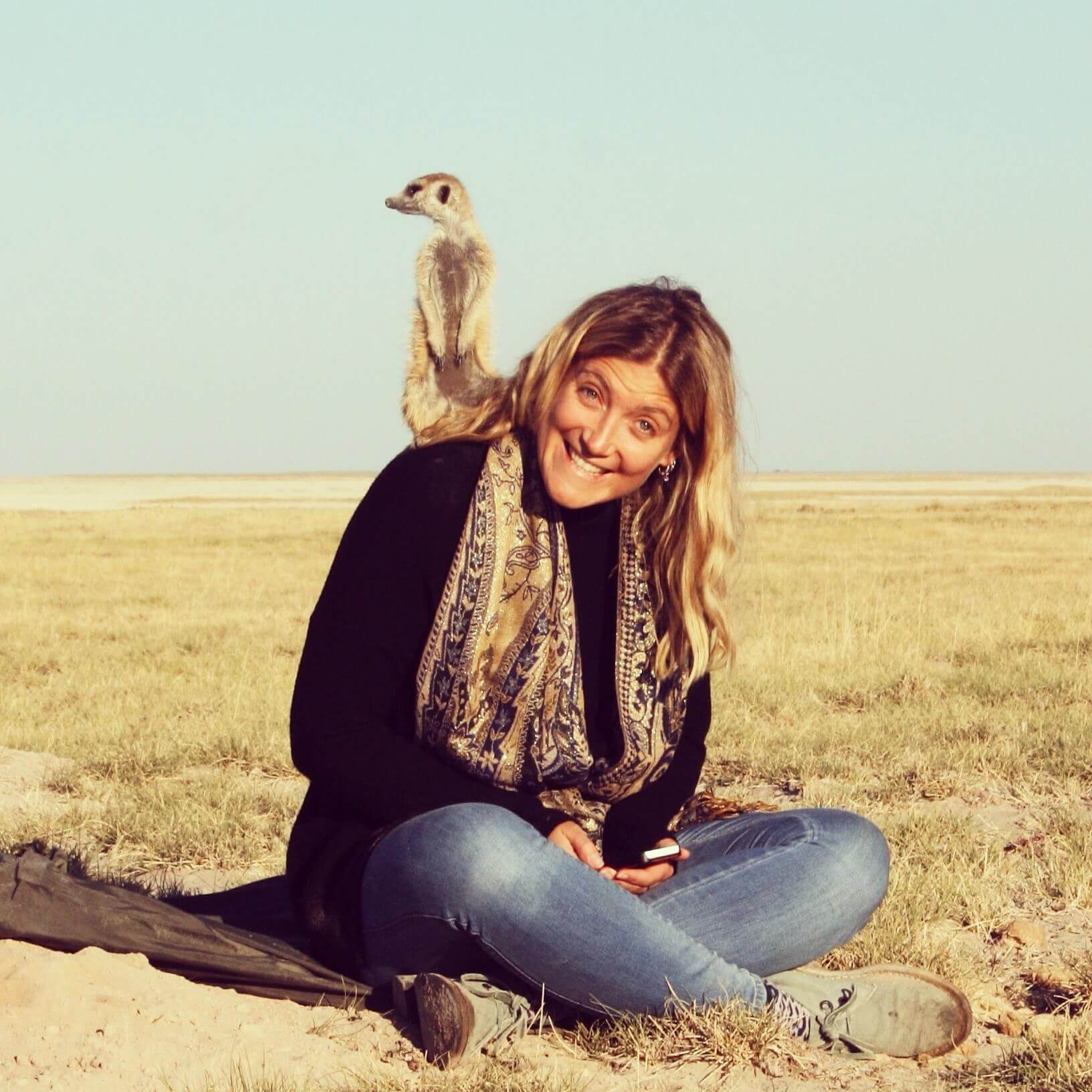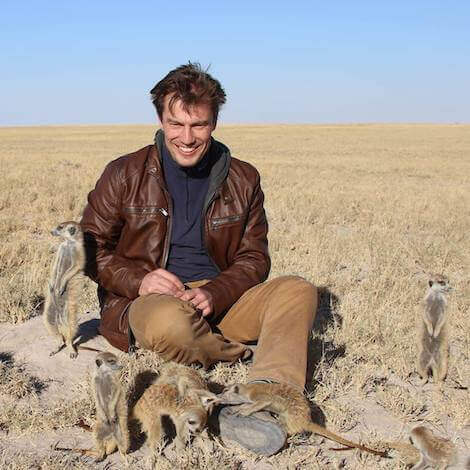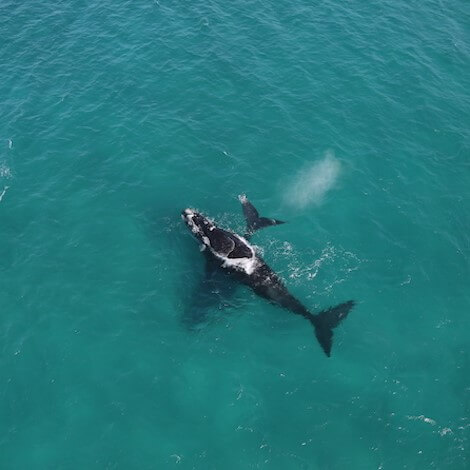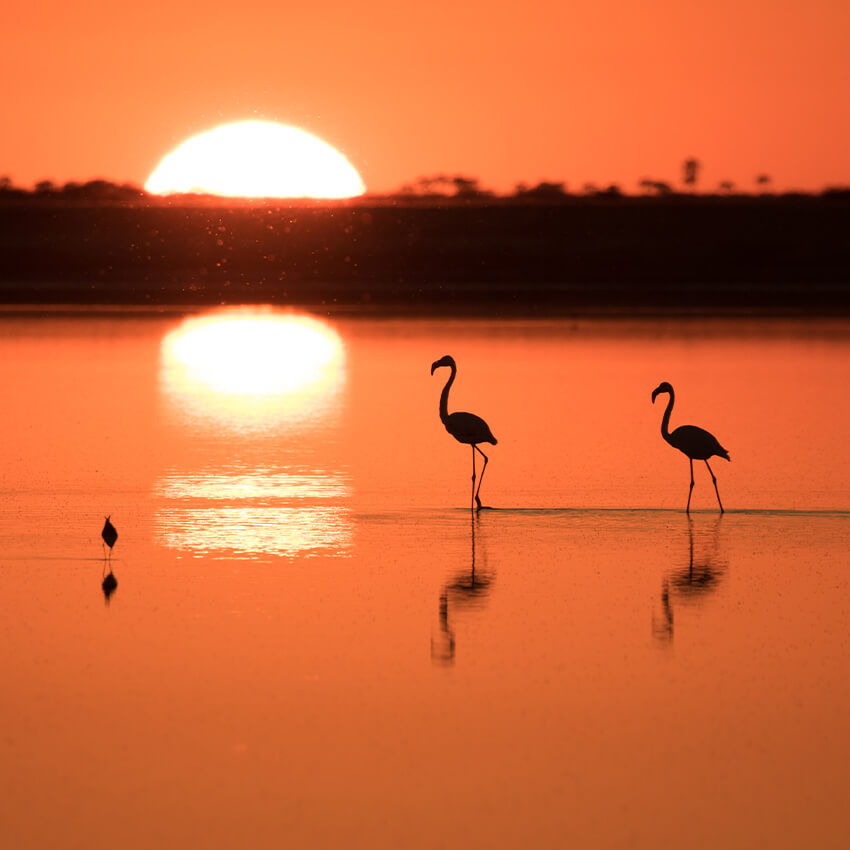Giraffes – gently gigantic, but which one is which?
 Jemima Sargent
Jemima Sargent
 December 12, 2018
December 12, 2018
It’s hard not to love that iconic, long-necked, gracefully loping creature so synonymous with Africa – the giraffe. What many people don’t know, however, is that the giraffe is not guaranteed to remain such an icon, as in certain areas its populations are severely under threat. Even less widely known is the fact that there exists not one…but FOUR giraffe species. Until recently, it was believed that there were several subspecies of giraffe that all fell under the same biological umbrella. Now, new studies are suggesting that there are four separate “lineages” that do not breed with each other at all – a concept that may have dramatic implications for the conservation efforts that apply to this magnificent creature.
These four groups have evolved differently according to the geographical range. You may have noticed that there are subtle differences between giraffe that are seen in east Africa, compared with those found in Namibia, for example. You might be able to tell that the pelage (or ‘coat’) patterns differ between them. The differences are sometimes so minute that it’s tricky to distinguish one group from another, but there are indeed four species: the Masai, the Reticulated, the Southern (divided into the Angolan and South African) and the Northern (divided into the Kordofan, the Nubian and the West African). Keeping up?! Here’s a bit of a breakdown…
Masai Giraffe
This giraffe is found in central and southern Kenya, and throughout Tanzania – some Masai giraffe have also been seen in Zambia. The Masai population is considered to be under threat due to poaching. In terms of appearance, this giraffe is much darker than the other species, the patches on its pelage are large and dark, distinguishable by their vine leaf shape and jagged edges, and the crisscrossing brown lines that separate them.
Reticulated Giraffe
The Reticulated is found in central, north and north-eastern Kenya, as well as in isolated groups in southern Somalia and southern Ethiopia. It is recognizable by its very neat and clearly defined orange-brown patches, separated by clear white lines.
Southern Giraffe – Angolan and South African
The Angolan giraffe was, ironically, extinct in Angola until fairly recently, but it can now be found there as well as in most of Namibia and central Botswana. Its pelage pattern goes all the way down its legs, and the patches are large and uneven.
The South African giraffe is found in – you guessed it – South Africa, as well as Botswana, north-eastern Namibia, southwestern Zambia, and Zimbabwe. This giraffe has distinct and varied patches in different shapes that are spread all the way down the legs, and it has slightly darker skin.
Northern Giraffe – Kordofan, Nubian and West African
The Kordofan is found in parts of Africa where the more adventurous traveler may explore: southern Chad, Central African Republic, northern Cameroon, northern Democratic Republic of Congo and western South Sudan. This giraffe is relatively rare, its latest numbers estimated to be a mere 2,000. Its markings do not extend down the legs, and the patches are rectangular and pale in colour.
The Nubian was the first-ever giraffe species to be recorded and can be found in eastern South Sudan, western Ethiopia, northern Uganda, and west-central Kenya. Its lower legs are very pale and unmarked, the patches on the rest of the body are irregular and rectangular in shape.
There are only about 550 of the West African giraffe left in the wild, but they are now protected by the Niger government and their numbers are increasing. They can be seen in a remote area east of the capital of Niger, Niamey – they are very pale in colour, with tan patches crisscrossed by thick lines.
As some of these giraffe species are more endangered than others, it’s crucial to understand that the four separate lineages exist, so as to avoid complacency about its survival. Knowing there are multiple and separate populations across Africa helps to flag the need for greater conservation efforts in order to protect each giraffe species in its individual habitat.
References
- ‘Giraffe Species’, Giraffe Conservation Foundation
- ‘Multi-locus Analyses Reveal Four Giraffe Species Instead of One’, Fennessy et al., 2016, Current Biology, Vol. 26, September 26 2016.
- ‘DNA reveals that giraffes are four species – not one’, Chris Woolston, Nature.
Photos: The Giraffe Conservation Foundation www.giraffeconservation.org
Special Offers
Our special offers are designed to help you experience everything southern Africa has to offer whilst also saving some all-important pennies. Whether you’re about to embark on a once-in-a-lifetime solo trip, or are celebrating a special occasion, have a peek at our offers and see what could be in store for you.





